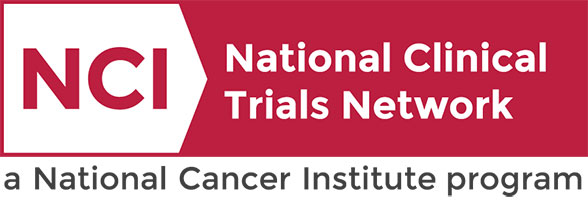Karen Winkfield named a fellow of the American Society for Radiation Oncology
Karen Winkfield, MD, PhD, executive director of the Meharry-Vanderbilt Alliance, has been named a fellow of the American Society for Radiation Oncology.
https://news.vumc.org/2023/08/01/karen-winkfield-named-a-fellow-of-the-american-society-for-radiation-oncology/

Tom Wilemon
Locked



